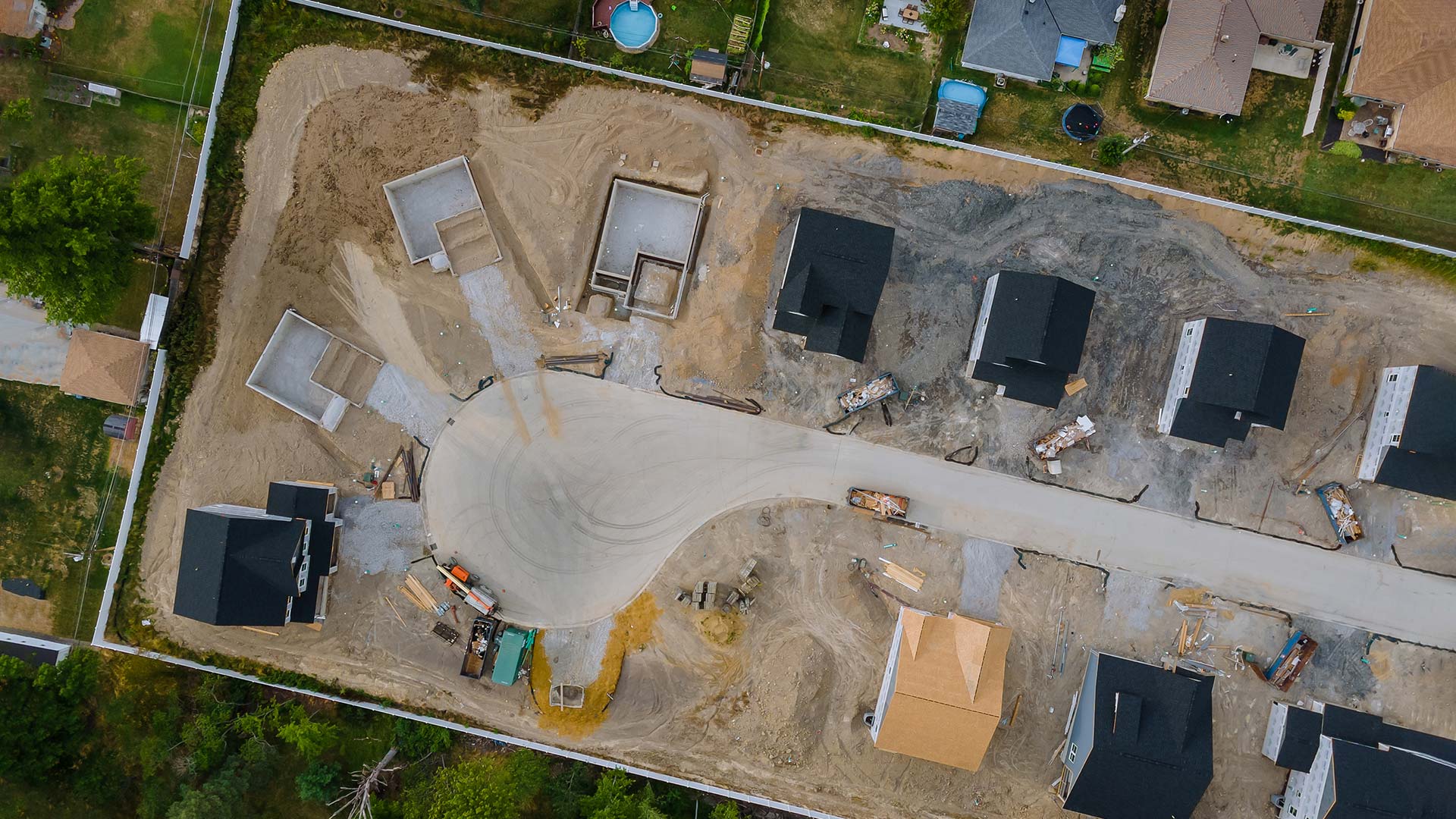
1. Why Buy Land in Lethbridge, Alberta?
-
Affordability & Value Growth
Land prices in Lethbridge remain competitive compared to larger Alberta cities. With steady population growth and ongoing infrastructure investment, well‑located lots often appreciate over time. -
Quality of Life
Enjoy over 300 days of sunshine annually, world‑class cycling trails, and easy access to the mountains. Lethbridge combines small‑town friendliness with big‑city amenities—arts festivals, a thriving food scene, and the University of Lethbridge. -
Strategic Location
Positioned along Highway 3, Lethbridge is just two hours from Calgary and one hour from the U.S. border. It’s a hub for agriculture, education, and health services—ideal for families and professionals alike.
2. Exploring Lethbridge’s Three Sides of Growth
North Side Neighbourhoods
-
Key Features: Proximity to the University of Lethbridge, easy access to Highway 4, newer subdivisions with modern lot layouts.
-
Ideal For: Young families and academics seeking walkable parks, schools, and community centres.
West Side Communities
-
Key Features: Master‑planned developments with integrated green spaces, family‑friendly street designs, and emerging commercial nodes.
-
Ideal For: Buyers who want a balance of suburban tranquility and future retail/service amenities.
South Side Areas
-
Key Features: Established streets, mature trees, quick access to downtown, golf courses, and the scenic coulees.
-
Ideal For: Those seeking a blend of character homes, river‑valley vistas, and proximity to Lethbridge Polytechnic.
3. Key Considerations Before You Buy
3.1 Zoning & Municipal Regulations
-
Residential Zoning (R‑1, R‑2, etc.): Check the City of Lethbridge’s Land Use Bylaw to confirm permitted uses, lot coverage, and setback requirements.
-
Development Permits: Most bare‑land purchases will require a Development Permit before breaking ground—factor in application timelines.
3.2 Utilities & Servicing
-
Water & Sewer Connections: Confirm if your lot has piped services to the curb or if extension costs apply.
-
Electricity & Broadband: In some newer areas, power and high‑speed internet may need to be brought in via easements—budget accordingly.
3.3 Topography & Soil Conditions
-
Coulee‑Adjacent Lots: Beautiful views can come with steeper grades. Consider grading and retaining‑wall costs if building near the valley.
-
Soil Testing: A geotechnical report will identify soil stability, frost‑depth needs, and drainage characteristics—crucial for foundation design.
3.4 Financing Your Land Purchase
-
Land‑Only Mortgages: Interest rates and down‑payment requirements differ from traditional home mortgages. Local credit unions and banks often offer specialized lot‑funding products.
-
Phased Financing: Developers may offer staggered payment plans tied to development milestones—ask about deposit schedules and holds.
4. Step‑by‑Step Buying Process
-
Define Your Criteria
-
Preferred side of town (north, west, south)
-
Lot size, orientation (south‑facing backyard for solar gain?), and view priorities
-
-
Engage a Local Realtor or Developer
-
We specialize in residential land across Lethbridge’s three growth corridors and can match you to the ideal neighbourhood.
-
-
Review Lots & Site Visits
-
Walk each lot at different times of day to assess sunlight, noise, and privacy.
-
-
Secure Financing or Pre‑Approval
-
Compare land‑loan options; consider holding costs if construction is deferred.
-
-
Submit an Offer & Deposit
-
A standard lot purchase contract will outline deposit, closing date, and any conditions (e.g., subject to survey).
-
-
Complete Due Diligence
-
Confirm zoning, easements, restrictive covenants, and utility servicing agreements.
-
-
Close & Prepare for Development
-
Title transfer, finalizing financing, and booking your builder for foundation and servicing work.
-
5. Tips for Working with a Residential Land Developer
-
Ask About Model Lots: Touring a completed show home can reveal how lot orientation and grading impact livability.
-
Inquire on Package Options: Some developers bundle lot purchase with basic servicing—driveway apron, streetlight, and landscaping allowances.
-
Discuss Timeline Guarantees: Lock in your closing date and servicing completion to align with your builder’s schedule.
-
Explore Incentives: Early‑bird pricing, corner‑lot premiums, or rebates on fees may be available in new phases.
6. Frequently Asked Questions
Q: How soon can I start building?
A: Once your lot is fully serviced and you’ve obtained a Development Permit (typically 4–6 weeks), construction can begin—subject to your builder’s availability.
Q: Do I need a land survey?
A: Yes. A current survey ensures your lot boundaries and easements are accurately mapped, avoiding costly encroachments.
Q: Are there home style restrictions?
A: Many neighbourhoods have Design Guidelines covering exterior materials, rooflines, and fencing. We’ll provide these up front.
Conclusion
Purchasing land in Lethbridge, Alberta, puts you at the heart of one of Canada’s sunniest cities—where affordability meets quality of life. By understanding zoning, servicing, and the unique features of the north, west, and south sides of town, you’ll be well‑equipped to choose a lot that fits your vision and budget. Ready to explore available parcels? Contact us today to tour our prime residential neighbourhoods on all three sides of Lethbridge!


